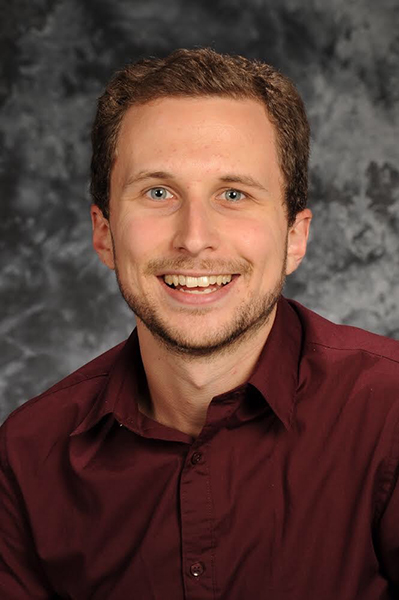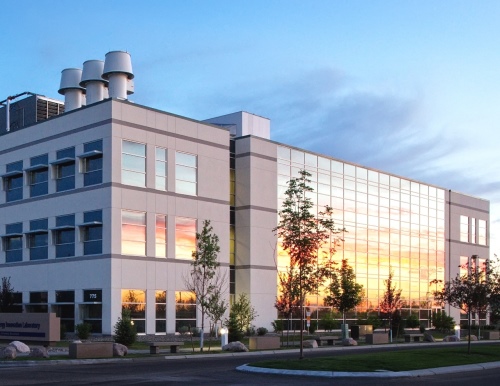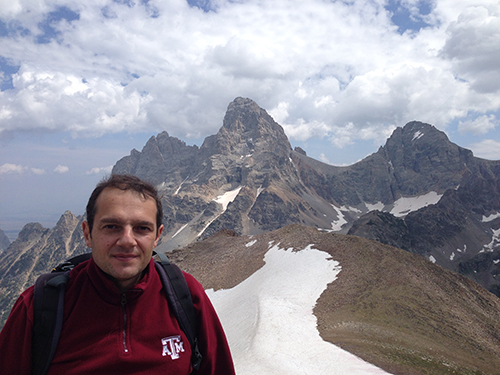
Logan Harbour was one of only 13 students selected to be an Idaho National Laboratory (INL) graduate fellow. Harbour obtained his Bachelor of Science in nuclear engineering from Texas A&M University. This fall, he will defend his Master of Science thesis and graduate in December 2018 before continuing on to complete his Doctorate of Philosophy.
The Idaho National Laboratory is one of the U.S. Department of Energy’s (DOE) national laboratories. The laboratory performs work in each of the DOE’s strategic goal areas: energy, national security, science and the environment. INL is the nation’s leading center for nuclear energy research and development, and its graduate fellowship program is highly competitive.
“I am very proud of Logan’s achievements and success,” said Dr. Jean Ragusa, Harbour’s Master of Science and Ph.D. chair of committee and research advisor. “He worked hard on generating a novel and useful idea for INL, then on crafting a compelling research outline for the INL fellowship program. He did an outstanding job.”

Harbour’s graduate work encompasses this thought: "How can we best utilize computational resources to encourage the growth of the nuclear industry?”
“If we can simulate the processes in a nuclear reactor with great fidelity, we can optimize the design process and help combat the greatest evil to developing advanced reactors: cost,” said Harbour. “Both my master’s and Ph.D. topics align with this theme by enabling high fidelity simulation.”
Recipients of these competitive fellowships have their tuition and fees covered by their university during their first years of graduate school (years one to three), and their tuition and fees plus a $60,000 annual salary paid by INL during the last two years of their doctoral research performed at the lab.
In the first years of their Ph.D. program, graduate fellows will spend most of their time taking classes at their university. That balance will shift in the last years of the program, where graduate fellows will spend the majority of their time at INL conducting research.
“I believe that the best part is that the fellowship encourages research with a practical application,” said Harbour. “This is enforced because its fellows conduct the majority of their research in the national laboratory setting.”

There are mutual benefits for the graduate fellows, universities
The program allows INL to integrate students into the laboratory and provides graduate fellows with work on significant projects that will help them fulfill their thesis research requirements. Both the university and INL have the opportunity for joint publications and intellectual property.
"INL graduate fellowships provide great opportunities for everyone involved," said Michelle Thiel Bingham, INL's university partnerships program director. "Students receive a quality education and an invaluable research experience and help inspire our INL research with fresh perspectives. INL strengthens its partnerships with universities while continuing to develop the next generation of engineers, researchers, scientists

Best poster award
Harbour also won the best poster award and the top award during an expo in Idaho Falls, Idaho, where over 100 INL-DOE interns presented their summer work. INL hosted 360 interns from 97 institutions who were selected from 1,800 applicants.
Harbour won his award in the “World Nuclear Energy Future” category. His submission was titled “Uncollided Flux Treatment for Discrete-Ordinate Radiation Transport Solutions in Rattlesnake.”
"We strive to provide the best internship experience possible by balancing work responsibilities and enrichment activities," said Bingham. "INL follows an 80/20 philosophy. We encourage interns to spend 80 percent of their time at INL with their mentor and apply their classroom knowledge to real-life work, and to spend 20 percent of their time in enrichment activities like workshops or skill-building activities."
The new INL graduate fellows have now joined the first cohort, which was selected in August last year. The next call for INL graduate fellows will open in fall 2018.